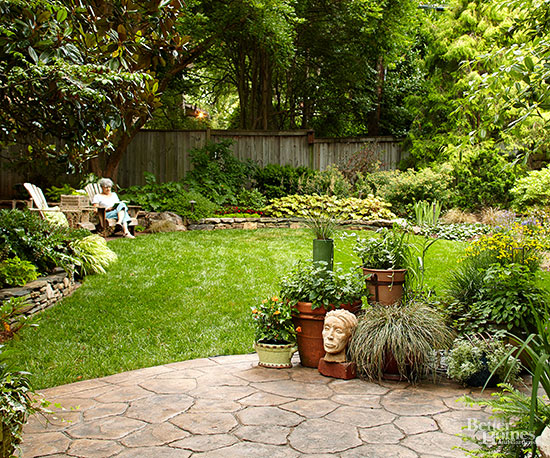






Assuming you want to preserve whatever grass is still there, the first thing to do is spray broadleaf weed killer on the lawn to get rid of the clover and other broadleaf weeds, such as dandelions and plantain. If you aren't sure what type of lawn you have, take a sample to a garden center for verification. Plan ahead. Most herbicides require a waiting period of at least several weeks before it is safe to reseed with grass. Here are the general steps to follow.
continue reading below
In September, rent a vertical mower (or verticutter). Go over your lawn with it a couple times. You want to get the blades down into the soil a bit and stir things up. Then rake off all the debris (thatch). Use a drop spreader (available at hardware stores, home centers, and garden centers) to overseed with whatever kind of grass you have. The seed package will tell you how much to use. After you sow the seed, go over your lawn one more time with the verticutter, but this time, set the blades to barely nick the soil. This will mix the seeds into the soil, which helps them germinate. The lawn should become well-established during the fall and winter. Water as needed, and fertilize at least once in fall, no more than a month after you plant. By next spring, you should be able to safely apply more broadleaf weed killer if necessary. Finally, in late spring apply a preemergence herbicide (crabgrass preventer) with fertilizer. That will keep the crabgrass from coming back next year.
Copyright © www.100flowers.win Botanic Garden All Rights Reserved